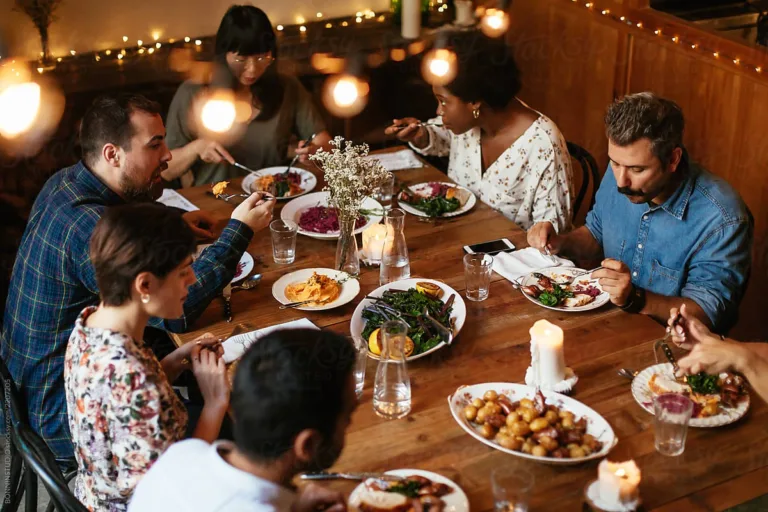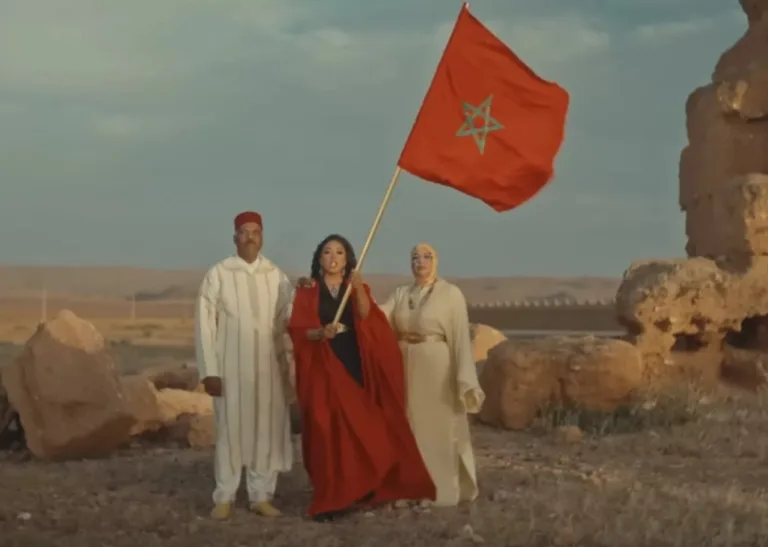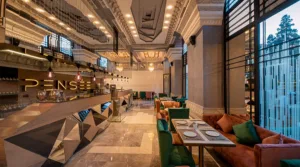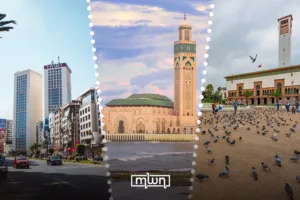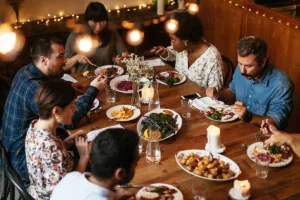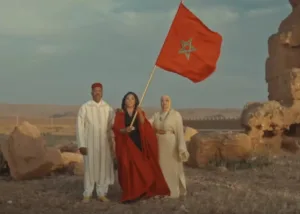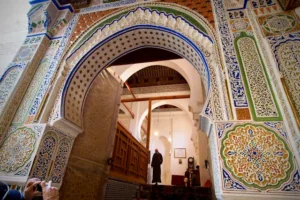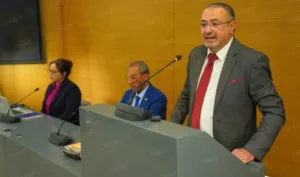This exhibition dares to dissect and redefine concepts of femininity, masculinity, and everything in between.
Casablanca – Did you miss the opening night of the Bayt Al Fenn 2024 exhibition? No worries, there’s still time to experience Casablanca’s most unapologetically bold art event of the year.
Running until January 1, this art exhibit dives deep into the heart of identity, challenging everything we think we know about gender, culture, and expression.
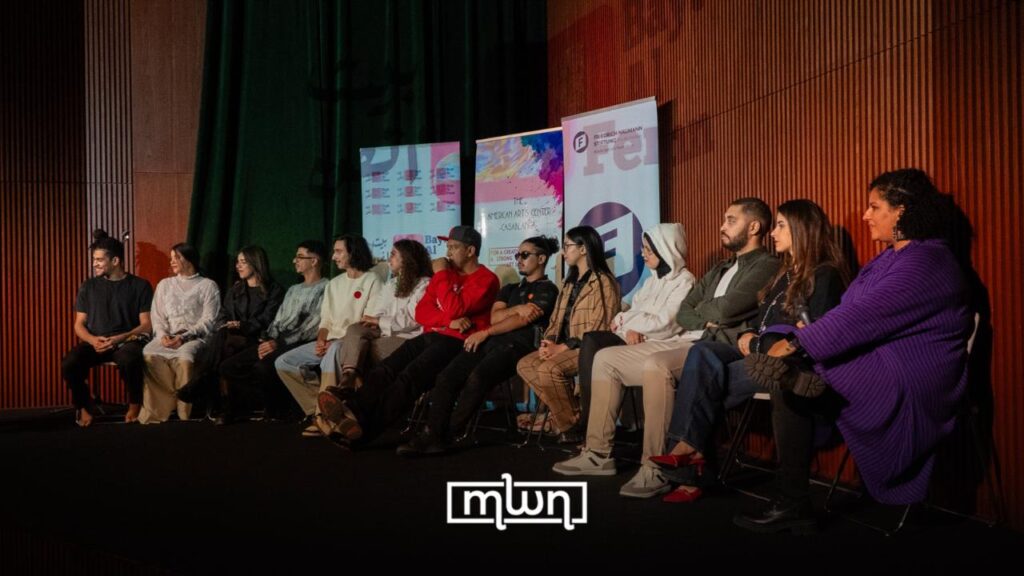
With the theme “Hiya w’Houwa” (translated to she and he), this year’s exhibition boldly reimagines what it means to live the realities between what makes a woman or a man. The show explores the fluidity of gender, creating a cultural conversation about modern identity in Morocco.
In partnership with the Friedrich Naumann Foundation and the American Arts Center, it brings together young artists who use their craft to dissect and challenge traditional gender norms.
MWN Lifestyle was front and center at the exhibits’ opening night, bringing you the scoop on this daring new art scene.
A bold theme with a purpose
Bayt Al Fenn 2024 has transformed the American Arts Center into a canvas for radical self-expression, where artists explore what it means to be She and He.
Think of it as a festival of identity, where each artwork is a statement, every brushstroke a question, and every artist a provocateur.
It’s a raw, unfiltered exploration of freedom, equality, and the right to live beyond societal stereotypes.
In a flurry of artistic rebellion, the pieces challenge Morocco’s gender norms in ways that feel radical and necessary.
During tonight’s press conference with the creators, two artists stood out for their fearless approach to exploring identity: Saad Sahir and Imane Laaribi.
A new kind of femininity
Saad Sahir, with his drag persona “Tina Titts,” presented a show-stopping commentary on femininity and power that turned heads.
Tina isn’t just a character; she’s Morocco’s first drag geraba — a symbolic water-bearer — giving “water” to cleanse society’s rigid views on gender.
“Femininity isn’t weak – it’s just a different kind of strength,” Sahir said in an interview to MWN.
Through Tina, he invites viewers to see femininity as an unapologetic force – powerful and transformative.
Sahir’s work challenges the concept of gender to be not as a binary, but as a fluid experience, inviting us to reconsider our definitions of strength and vulnerability.
No labels, just freedom
Alongside Sahir, Imane Laaribi made a powerful statement with her introspective approach to gender and identity.
The artist’s piece speaks to Morocco’s struggle between cultural heritage and the desire for personal freedom.
“Art gives a voice to thoughts that words can’t capture,” Laarbi told the press, including MWN.
Laarbi’s work explores how individuals navigate their self-discovery in a society that values both collective history and personal expression.
Art, gender and dance
This year’s exhibition goes beyond visual art – it’s an immersive experience.
The event was accompanied by a captivating dance performance featuring Mohammed Guechri (Bboy Omiz) and Irene Nerys.
Together, they explored the dynamics of leading and following in relationships through movement, blending various dance styles to express the mutual support and shared responsibility in human connection.
The duo’s piece added another layer to the exhibition, reinforcing the fluidity and freedom that Bayt Al Fenn celebrates.
A call to break boundaries
“Hiya w Houwa” is more than just an art show – it’s a bold movement.
The exhibition dares us to rethink gender roles and challenge norms.
By spotlighting the fluidity between “She” and “He,” the exhibition reimagines identity, breaking free from outdated expectations.
It’s about embracing change, celebrating individuality, and pushing for progress while staying grounded in our roots.
So, what are you waiting for? If you’re looking to catch a glimpse of Morocco’s cultural revolution, this Casablanca exhibition is a must-see.
Do you dare to witness something uniquely extraordinary?
Read Also: Behind Closed Doors: The Transgender Community in Morocco





